A home’s value generally relates to the condition and features of the property. Homeowners and sellers should understand that certain behaviors by residents have regularly been shown to negatively affect the value of a home by worsening its condition in the eyes of buyers. One example of this is smoking indoors. Most people are familiar with the residue and smell that smoking leaves indoors but might not realize that vaping can have similar effects. Homeowners may have to contend with vaping residue in their homes while home buyers may be more aware of its potential presence while searching for homes. Although the effects of vaping are not quite as severe as smoking, it still presents possible problems.
Understanding Vaping/Nicotine Residue
When people think about the effects of vaping indoors, cigarette smoke may be a reasonable starting point for a comparison. Smoking inside a home leaves odors and residue on surfaces. Although vaping is different in that there is vapor instead of smoke, the liquid does not always completely evaporate. The vaping process allows the remaining components of the liquid to settle on various parts of the home. This is most easily observed on windows or other glass surfaces, where residue will look somewhat like fog.
The type of product affects the nature of the residue. Some products generate a lot of vapor, which can result in a higher amount of residue. This is particularly true for ones made using vegetable glycerin, which can turn sticky or oily once it touches walls, flooring, or furnishings. Other products, often called “dry herb,” use very little liquid at all. Vaping equipment that does not rely on liquid typically generates less residue. However, it can result in an odor that is more noticeable and harder to remove.
How Vaping Can Affect Home Values
When homeowners who vape regularly inside a home consider selling the property, they have a few things to think about first. Vaping has the potential to affect home value at two different points in the selling process: buyers’ general preferences and how they feel about individual homes. In a recent survey that questioned adults’ opinions of vaping’s potential effect on home values, more than 42 percent of people said they believe that a home where a resident vapes frequently should be valued less than houses without vaping. Another 35 percent said they were not sure how vaping would affect their perception of the home and 23 percent felt it would not decrease the value of a home.
These survey results indicate that buyers might be carrying a weighty opinion about vaping before they ever see the home. Sellers likely would not choose to advertise this aspect of their homes, but they may be required to disclose it in certain circumstances. Even without noticeable residue, it is possible that buyers may learn about it from other sources, such as their agents. Concerns about the long-term effects of exposure to vaping residue can lead buyers to pass on homes if they think that it has not been properly mitigated.
Lower offers or difficulty finding buyers is more likely to happen if there are obvious signs of vaping in the home during showings. Buyers are looking for red flags throughout the showing, such as:
- strange odors
- discolored drapes or furniture
- residue on hard surfaces like walls, windows, and countertops
Although the best approach is to ensure that the home is free of any of these issues common to vaping, sellers may not always have the opportunity. It can be tempting to cover odors with strong-scented candles or diffusers. However, this might raise a buyer’s attention and concern even more.
Factors Property Owners Should Consider
As with many other aspects of homeownership that may make the property harder to sell, one’s best approach is to typically try to eliminate the concern. They can start by asking someone to help them evaluate the home’s interior objectively. This person can walk through the home and point out sights, smells, or sensations that seem out of order. In many cases, real estate agents can quickly identify problem areas and make recommendations to take care of them. Property owners who are thinking about selling relatively soon may want to ask for professional opinions.
Almost all homes need a thorough cleaning before selling, but vaping may make the tasks harder or more time-consuming to complete. Every surface could have residue. Homeowners should carefully inspect:
- flooring
- walls
- windows and window treatments
- countertops and tables
- chairs
- furniture
- soft furnishings like pillows or bedding
Although vaping residue and odor is likely to be highest in rooms where residents vape the most, it is possible for it to travel between rooms. Homes with a history of extensive vaping may also need duct cleaning as a result.
Hiring a professional cleaning service and arranging for staging with furniture that has no vaping residue may help to minimize the noticeable effects of vaping. Property owners should keep in mind that buyers are often looking for multiple reasons to bid less on a property. In cases where the vaping residue is impossible to completely eliminate, sellers may want to set a list price accordingly.
Vaping can potentially damage a buyer’s perception of a home’s value, so homeowners should act to reduce the residue as much as possible. Cleaning up can help when it comes time to sell, but it will be easier if done on a regular basis. Not vaping indoors or setting a specific vaping location and removing residue weekly can minimize the extent of the problem.

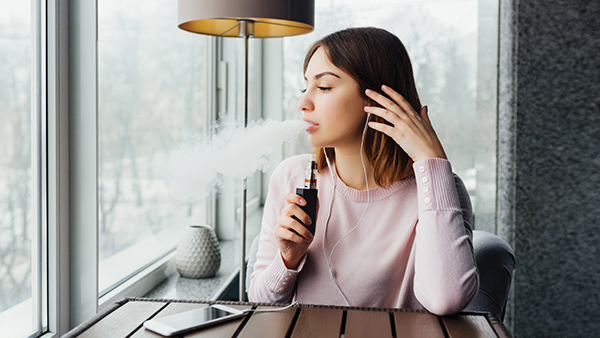





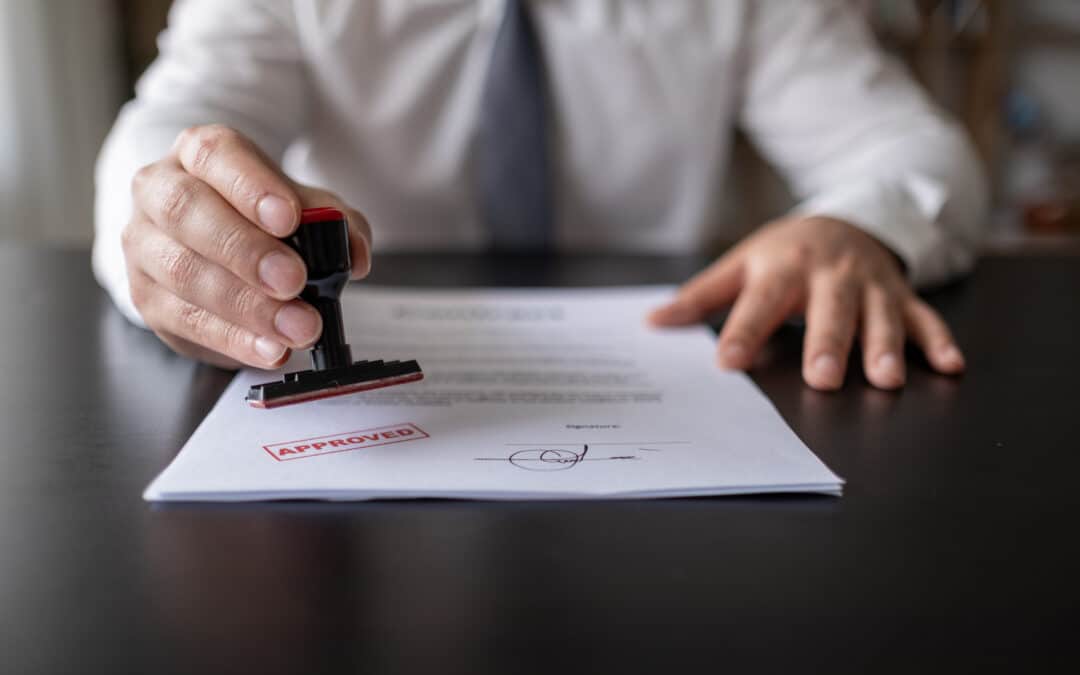

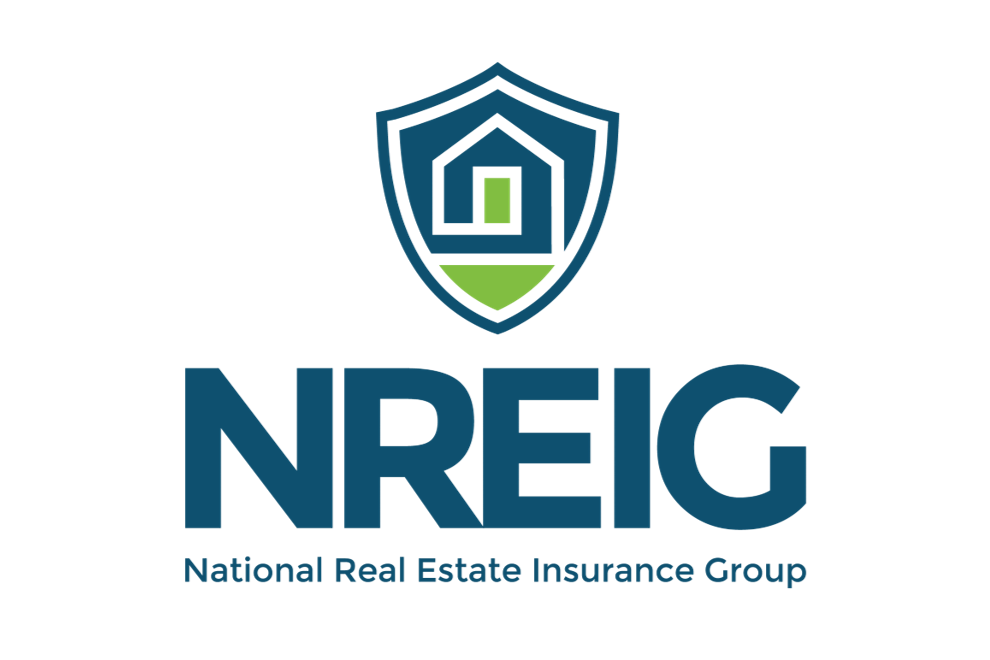

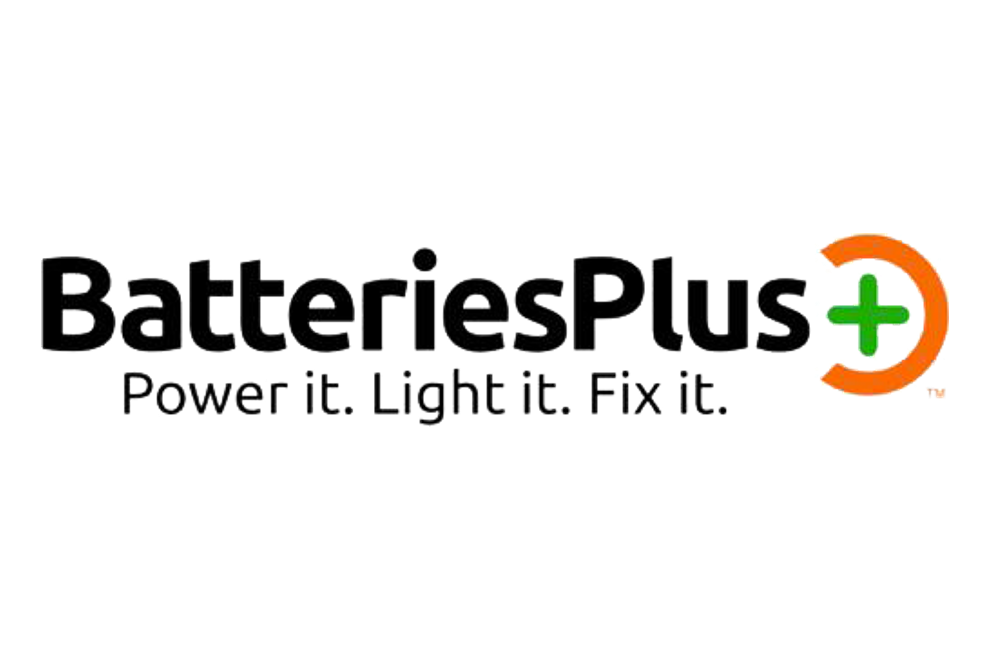
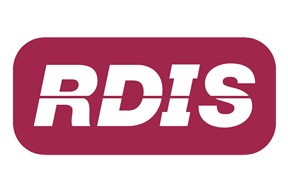
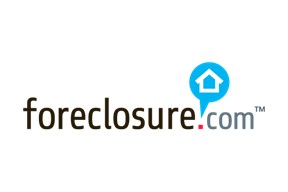
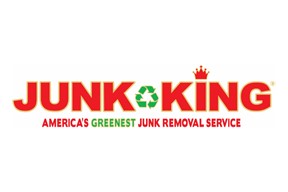



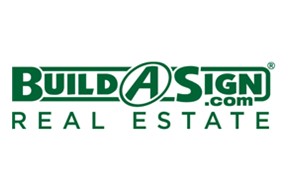


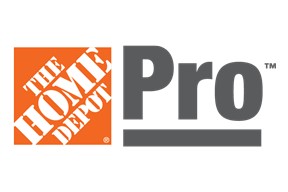

0 Comments